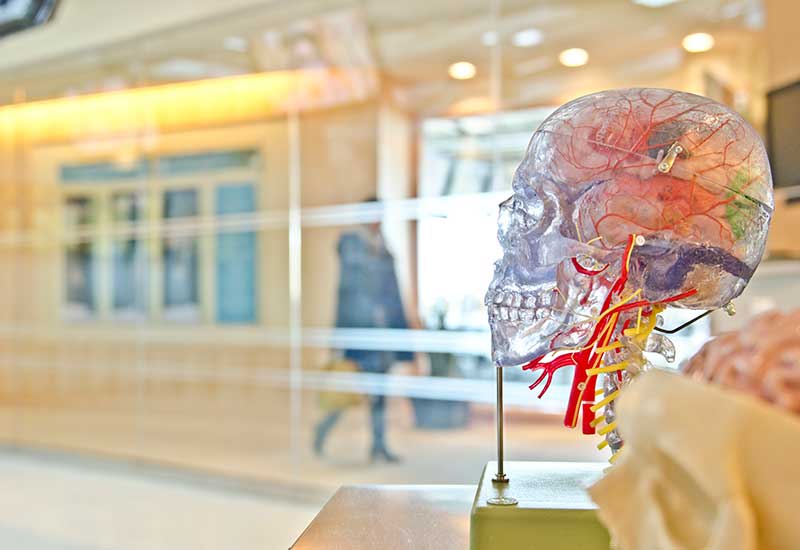
The Neuroscience of Engagement – Part 1
In Part 1 of a two-part series, Ari Kopoulos looks at how neuroscience can be used to gain a greater insight into employee engagement.
Our understanding of the brain is rapidly expanding, thanks to new and novel imaging tools looking at how it functions in different situations. So it’s no surprise to find there is a neuroscientific perspective on everything from marketing to consciousness. Even the legal fraternity is exploring its contribution as a marker for predicting crime. Although we need to exercise care in taking an extreme, reductionist view of the cause and effect, neuroscience can provide insights into the neurological drivers of behaviour in the workplace. In fact, HR professionals and HR technology vendors can learn a lot from neuroscience about how to design and implement strategies for leadership, culture and engagement.
Engagement is defined as the heightened emotional connection an employee feels that influences a greater discretionary work effort. It covers values, cooperation and motivation, and results in a behaviour typically seen as going beyond what is required. Neuroscience helps us understand engagement by offering insights and measures that can improve employee engagement by offering insights and measures that can improve employee engagement across the systems and processes; specifically, by identifying the neural mechanisms that enhance and increase engagement, and the neural markers that might be used to more accurately measure engagement.
Tastes like chocolate
The neural basis of engagement is closely linked to the brain’s threat and reward function. When fully engaged, there is an activation of reward and self-regulation circuitry. Dopamine is released directly into the prefrontal cortex and associated regions. This positively affects a wide range of cognitive and emotional functions by increasing brain resources and functional connectivity. When this system is activated, we receive feedback that the activity is good, rewarding and enjoyable. By further pursuing these activities, the mechanisms reinforce the pleasure of activity by releasing even more dopamine. In this reward state, we experience increased cognitive resources, a wider field of perceptual view and solve complex problems with insight and creativity and more actionable ideas.
The neural basis of engagement is closely linked to the brain’s threat and reward function
Smells like fear
On the other hand, disengagement activates the threat circuitry. It includes anything that is an ‘avoid’ response, including fear, anxiety, lack of safety and depression. In this threat state, serotonin is released into neural pathways that activate the hypothalamus, triggering the fight or flight response. Activation of threat circuitry has a profound effect on engagement and directs large amounts of brain resources to peripheral regions, and decreases the efficiency of attention that reduces working memory, narrows field of view and offers a generally pessimistic attitude.
The SCARF model
Neurochemical pathways in our networks are critical in reinforcing how we feel and consequently responding to the situations we are exposed to everyday. So the question is, what are the factors that create high levels of rewards or threats in an environment or system? A well-documented model is the SCARF framework proposed by Dr David Rock. This model identifies five domains of threat or reward and is a useful framework for understanding and influencing our interactions with others. It is based on the principle that we minimise threat, avoid stimulus, and maximise rewards, approach stimulus.
These five domains are status, our relative importance to others; certainty, our ability to predict the future; autonomy, having choices and the degree of control we have over events; relatedness, the sense of trust and connection with others; and fairness, the perception of fair and equitable transactions between people. When all five domains are strongly contributing towards reward, you experience a high level of engagement with an element of resilience to stress. This is often seen in inspirational leaders and visionaries who are also successful in engaging others.
Conversely, in compromised environments, you experience disengagement. Brain imaging and neurochemical analysis suggests that these negative neural responses exert similar responses to being threatened, hungry, sleep deprived and in physical pain.
In Part 2, we look at flow and how technology vendors utilise gaming strategies and tactics to enhance engagement.
